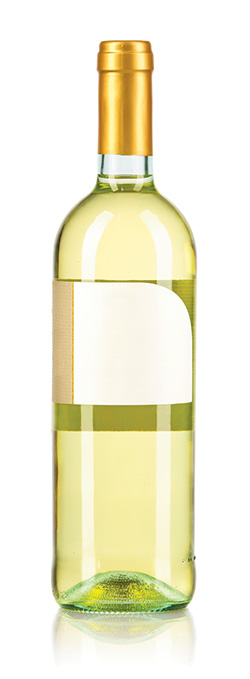While operators typically use undercounter refrigerators, also known as lowboys, in a kitchen’s prep area, the underbar type is most often used in the front-of-the-house bar area. Undercounter models have greater depths for accommodating full-size sheet pans, while underbar coolers are designed for bottled beverages.
 These units can have multiple configurations, including between one and four doors, drawers or slide tops. The latter has limitations as it requires the stacking of products inside, rather than placing items on shelves. Slide tops are beneficial for operators needing to store one type of beverage or product in a small amount of space. Another form of undercounter refrigeration, keg coolers, may come with slide tops, too.
These units can have multiple configurations, including between one and four doors, drawers or slide tops. The latter has limitations as it requires the stacking of products inside, rather than placing items on shelves. Slide tops are beneficial for operators needing to store one type of beverage or product in a small amount of space. Another form of undercounter refrigeration, keg coolers, may come with slide tops, too.
Undercounter and underbar refrigerators range in size from 24 to 72 inches long, typically increasing in 12-inch increments. The depths of these units range from 24 to 34 inches.
A typical one-door cooler has 24-inch-wide doors, a double-door cooler is 48 inches wide and units are available with doors that are 20 inches wide for narrower spaces. Low-profile models are available and provide additional storage space between the countertop and top of the cooler.
Operators typically use pass-thru coolers in center islands because these units have doors on both sides for access from the front and back. Dual-zone units have two temperature zones for storing different products, such as beer at 35 degrees F and white wine at between 50 degrees F and 55 degrees F.
 Underbar and undercounter refrigerators most often feature stainless steel construction on their tops and ends. The interior can be all aluminum, aluminum and ABS plastic, or either plastic or aluminum with a stainless steel floor. Doors offer a choice of solid black, solid stainless, solid black with laminate, glass with black vinyl and field laminate, glass with stainless steel or glass with laminate over a black frame. Operators may also choose to finish the doors with a custom wood overlay panel or frame. The back and base are typically galvanized steel, while handles are full-length, classic six-inch chrome and black or tab types. These units also have two-inch foamed-in-place insulation.
Underbar and undercounter refrigerators most often feature stainless steel construction on their tops and ends. The interior can be all aluminum, aluminum and ABS plastic, or either plastic or aluminum with a stainless steel floor. Doors offer a choice of solid black, solid stainless, solid black with laminate, glass with black vinyl and field laminate, glass with stainless steel or glass with laminate over a black frame. Operators may also choose to finish the doors with a custom wood overlay panel or frame. The back and base are typically galvanized steel, while handles are full-length, classic six-inch chrome and black or tab types. These units also have two-inch foamed-in-place insulation.
Most vertical door underbar refrigeration has either self-contained or remote condenser systems. While the majority of these units have their components located in the back, some types have compressors on the side. The latter provides more front to back storage since the unit’s interior is deeper.
Options depend on the model and may include a combination of drawers and doors, various-size casters to meet the Americans with Disabilities Act requirements for a 32½-inch tall unit, a heavy-duty top for conducting prep work, and a collar that enables stacking two units, one on top of the other. Door locks also are available. Full extension wine shelves allow wine bottles to lie flat and nest and pull out for easier access. Thermostatic controls for dual-zone units allow separate temperatures to be set for two compartments. Leg kits can adjust the cooler’s height from 4 to 6 inches or from 6 to 7¼ inches.
Beginning in January 2017, underbar and undercounter refrigeration units will need to comply with the new Department of Energy conservation standards, which will trump Energy Star criteria. To conform, refrigeration units must include high-efficiency compressors and at least two inches of foam insulation to minimize energy loss. Manufacturers also must provide model listings and energy requirements, which are posted on the Department of Energy’s website. Incorrect information is subject to a fine of $200 per day per unit.
Under President Obama’s Climate Action Plan, the Environmental Protection Agency used its authority under the Significant New Alternatives Policy (SNAP) program to have refrigerator manufacturers invest in low-emissions technology. This includes identifying and approving climate-friendly chemicals while also prohibiting the use of harmful alternatives. SNAP requirements for refrigerants will go into effect by 2019 and its requirements for foam will go into effect by 2020.










